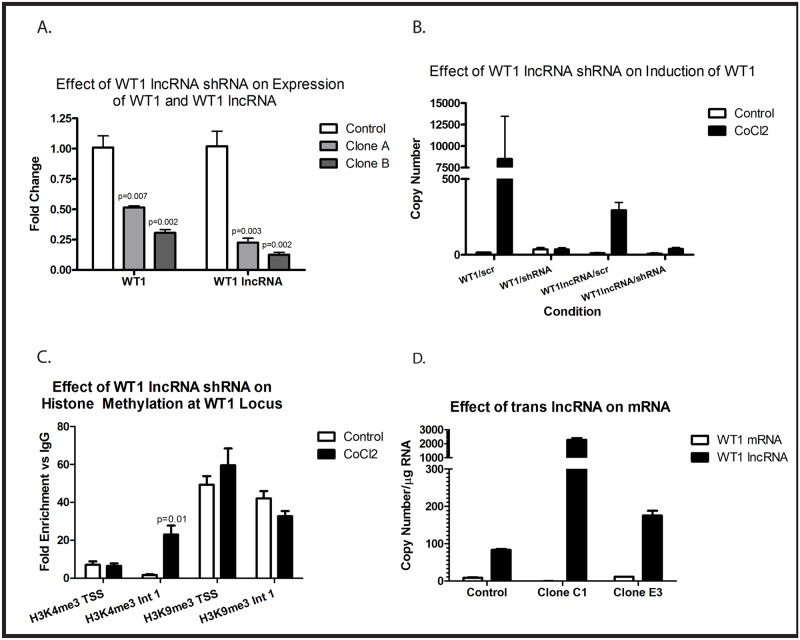Fig 7. WT1 lncRNA is necessary for WT1 expression and changes in histone methylation but does not induce WT1 expression in trans.
(A) K562 cells stably transfected with either a scramble shRNA (control) or an shRNA specific for the lncRNA (clones A and B) were evaluated by quantitative RT-PCR for expression of WT1 and WT1 lncRNA. Bars show fold change in expression relative to control. Error bars show standard error of the mean for triplicate assays. The reduction of WT1 and WT1 lncRNA expression in each clone was statistically significant (Student’s t test, p values shown). (B) U937 cells stably transfected with either the WT1 lncRNA shRNA or a scramble control (scr) were treated with or without 100 μM CoCl2 for 48 hours. Expression of WT1 and WT1 lncRNA were assessed by quantitative RT-PCR. Bars show copy number per μg RNA, and error bars show standard error of the mean for triplicate assays. (C) Chromatin immunoprecipitation was performed on material isolated from U937 cells stably expressing WT1 lncRNA shRNA treated with or without (control) 100 μM CoCl2 for 48 hours using antibodies specific for H3K4me3 and H3K9me3 and primers specific for the WT1 transcription start site (TSS) or intron 1 (int 1). Bars show fold enrichment compared with nonspecific IgG, and error bars represent standard error of the mean of triplicate assays. Only the induction of H3K4me3 in intron 1 reached statistical significance, as judged by Student’s t test (p value shown). (D) U937 cells stably transfected with WT1 lncRNA-A (Clone C1 and Clone E3) or an empty expression vector (Control) were evaluated by quantitative RT-PCR for expression of WT1 and WT1 lncRNA. Bars show copy number per μg RNA, and error bars show standard error of the mean for triplicate assays. Experiments were repeated a minimum of 3 times with similar results.

